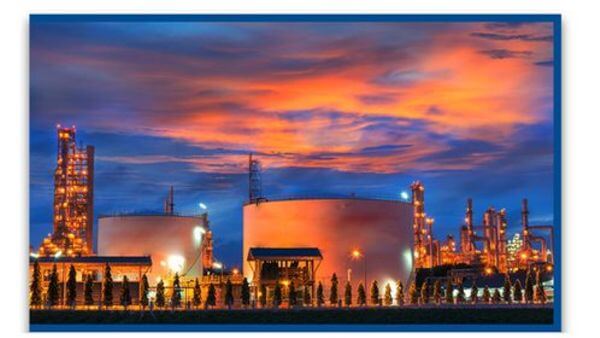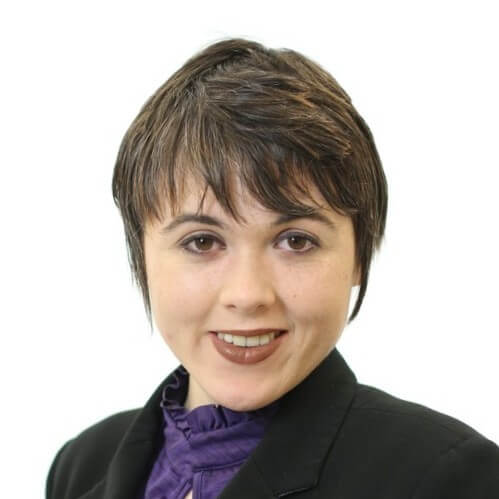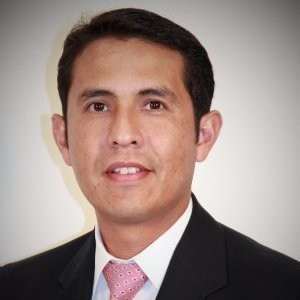 In March 2020 we were reminded that the Oil and Gas industry can be booming one moment and crashing the next. Companies’ operations staffs took a huge hit last year, where over 100,000 oil, gas and petrochemical workers were laid off. This created additional challenges for operators in maintaining process visibility and performing necessary operations and maintenance activities. The world’s oil storage capacity is improving, but analysts are predicting that it will take several years to recover back to what it was before this recent downturn.
In March 2020 we were reminded that the Oil and Gas industry can be booming one moment and crashing the next. Companies’ operations staffs took a huge hit last year, where over 100,000 oil, gas and petrochemical workers were laid off. This created additional challenges for operators in maintaining process visibility and performing necessary operations and maintenance activities. The world’s oil storage capacity is improving, but analysts are predicting that it will take several years to recover back to what it was before this recent downturn.
Emerson can help you on your journey to terminal profitability, as you pivot and plan for the future.
In this Tanks and Terminals Podcast series on Optimizing Terminal Capacity, our experts will address challenges that terminal operators face and offer solutions that can help you more easily meet industry Top Quartile benchmarks and optimize terminal capacity. You will hear how recent digital innovations and applications can help you efficiently manage your operations, increase your labor and asset productivity and ensure greater volume deployment and inventory turnover.
We’ll cover topics to:
- Realize Higher Profit Margins
- Achieve Greater Labor and Asset Productivity Through Terminal Optimization
- Achieve Optimal Truck Rail Loading and Unloading
- Increase Tank Capacity and Reduce Costs
Emerson’s Manuel Arroyo, Director, Oil & Gas Industry Programs kicks off this podcast series with host Jim Cahill by highlighting some of the risks & challenges and previews some of the technologies that can help you make the right operational decisions to achieve terminal profitability.
Make sure to also visit the Optimize Terminal Capacity section on Emerson.com for more on ways to better manage planning and scheduling activities, operational workflows and processes, inventory calculations and capacity tracking.
Transcript
Jim: Hello everybody. I am Jim Cahill, and in today’s podcast I want to introduce a new series on optimizing storage terminal capacity. I am joined by Emerson’s Manuel Arroyo to introduce storage terminal optimization, and some of his colleagues you’ll be hearing from in future podcasts in this series. Welcome Manuel.
Manuel: Thank you, James. Hi everyone. My name is Manuel Arroyo. I’m the director for the oil and gas industry programs, and a subject matter expert at Emerson Automation Solutions. Welcome to this new podcast series on terminals capacity. From the oil crash, predicted recovery has slowed but is still on demand. Analysts expect global oil demand will take several years for recovery to where we were before March 2020. The world’s storage capacity has decreased due to low demand, and companies are looking to increase their capacity by either building new infrastructure, or through merchant acquisitions. This increased the complexity of their operations and the need to optimize them.
Jim: So, Manuel, what do you see as some of the major impact of this slowdown?
Manuel: Interesting question, Jim. Where we see our oil and gas business hit the most is in two major sections. One of them, it is the people, that is manpower and means expertise, and the second one is the budget flexibility. Look, just for the first one, over 100,000 oil, gas and petrochemical workers were laid off between March and August in the U.S. alone. This has a huge impact in operations. Just imagine, running operations with half of employees, this has a lot of implications. Let’s start from the commercial side. You are not going to be able to capture all the process activity sometimes. In operations you’re going to see a slowdown in the loading operations obviously and increase safety risk.
Jim: Wow, that loss of 100,000 people and trying to figure out how to keep the operations running, maintaining the terminal capacity, that sounds like quite a challenge. So, what are you and your colleagues going to cover in this series?
Manuel: My colleagues and I want to inform all of you of the recent innovations in digital technology that can help you to make the right operational decisions. This will streamline your commercial and field operations, reduce safety and financial risk, all this with the end goal to increase your terminal capacity. During this series, we will be covering the following topics: number one, how to streamline the commercial to operations execution cycle, number two, how to increase your labor and asset productivity, number three, achieve optimal loading operations, number four, increase shale capacity, and number five, mitigate costly transfer uncertainties. As you can see, this is more than just storage. It is also about terminal service capacity.
Jim: Yeah, it sounds like each one of those topics can drive better capacity or managing the capacity that you have. Could you elaborate a little more on the importance of each of these?
Manuel: Sure, Jim. As I pointed earlier, as companies grow to increase capacity, their operations complexity increases as well. They have to manage more contracts, more movements. Also, sometimes the type of movement changes or increases. For example, from only truck loading to truck and rail cars, to truck, rail cars, and barges sometimes. With the right technologies and software, they can realize a lot of benefits from reduced customer compliance, ensure safety, and optimize asset utilizations. But the most relevant improvement is in customer satisfaction and being able to capture more business.
Jim: Well, that definitely sounds like a lot of areas that can be optimized, and we look forward to hearing from each of the experts that we’ll be hearing in the future ones. So where can our listeners go to learn more and how would you like listeners to be able to contact you?
Manuel: Sure, Jim. The first one is tune into our terminal capacity podcast series, starting this January. You can also search on emerson.com. Look for the oil and gas industry, then go to Transportation and Storage. Click on Terminals and Optimized Capacity. Yeah, it is a long journey, but worth to try it. Or you can contact me, [email protected]. Thank you.
Jim: And I know Manuel, you’re also pretty active in LinkedIn, so feel free to, folks who listen to this, reach out to Manuel that way. And we’ll provide a link there in the transcript. Well, Manuel I want to thank you so much for joining us today and giving us an overview of what’s to come. We look forward to kicking off more of the terminal series as we cross into the new year. And thanks again for joining me today.
Manuel: You bet, Jim. Thank you. And thank you everyone.
End of transcript






